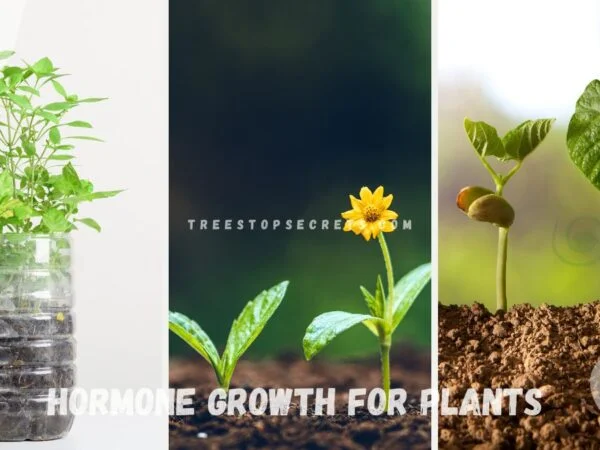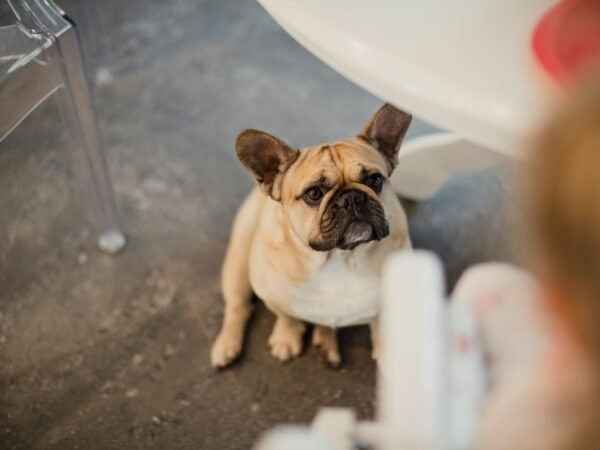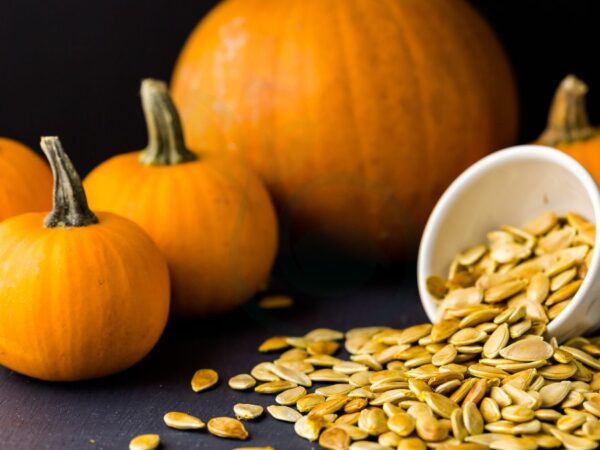Did you know that hibiscus plants can thrive in various zones, from tropical to temperate climates? These vibrant and versatile hibiscus flowers blooms are not limited by geographical boundaries. Whether you live in Zone 4 or Zone 10, there is a hibiscus variety that can flourish in your area. With the right care and attention, you can enjoy the beauty of hibiscus blooms regardless of your location. In this post, we will explore the fascinating world of hibiscus plants and how they adapt to different zones, providing tips on cultivation and maintenance for optimal growth and blooming success.
Key Takeaways
- Choose the right hibiscus: Select hardy species of hibiscus that are suitable for your specific plant hardiness zone to ensure successful growth.
- Plant strategically: Place your hibiscus in locations that receive adequate sunlight and have well-draining soil to promote healthy development.
- Time your planting: Refer to the recommended planting times based on your zone to give your hibiscus the best start possible.
- Follow proper planting steps: Ensure successful establishment by following correct planting procedures, such as digging the right-sized hole and watering adequately.
- Provide care consistently: Maintain your hibiscus by watering regularly, fertilizing appropriately, and pruning as needed to encourage blooming.
- Prepare for winter: Protect tropical hibiscus during colder months by bringing them indoors or providing insulation to prevent frost damage.
Understanding Hibiscus Zones
Zone Requirements
Identify your USDA plant hardiness zone to ensure optimal hibiscus growth conditions. Understand the specific needs of tropical and perennial hibiscus based on your zone. Consider winter temperatures when selecting the right hibiscus type.
Hardy vs. Tropical Varieties
Differentiate between tropical and perennial hibiscus plants for suitable cultivation choices. Tropical hibiscus thrive in warmer zones due to their unique features. Perennial hibiscus, on the other hand, exhibit resilience in colder climates.
Best Zones for Planting
Discover the best planting zones for tropical hibiscus to ensure they flourish outdoors. Determine the ideal zones for planting perennial hibiscus for successful growth. Consider climate conditions in your zone before choosing hibiscus varieties.
Choosing the Right Hibiscus
Varieties Overview
Hibiscus flowers come in a diverse range of varieties, each suited for different zones. Tropical hibiscus species boast vibrant blooms and glossy foliage, ideal for warm climates. On the other hand, perennial hibiscus plants are known for their large flowers and hardy nature.
When selecting a hibiscus plant, it's crucial to consider the blooming patterns and foliage characteristics. Some varieties bloom profusely throughout the year, while others have specific flowering seasons. Pay attention to the leaf shape and color variations among different hibiscus species.
- Tropical hibiscus: Known for their vibrant blooms and glossy foliage.
- Perennial hibiscus: Characterized by large flowers and hardy nature.
Selecting for Your Zone
To ensure your hibiscus thrives, evaluate the varieties best suited for your planting zone. Different types of hibiscus have varying temperature tolerances, so it's essential to choose one that can withstand the climate conditions in your area. For instance, tropical hibiscus prefers warmer temperatures, while perennial varieties are more adaptable to colder climates.
Consider consulting with local nurseries or gardening experts to determine which hibiscus plants are most suitable for your zone. They can provide valuable insights into the specific requirements of each variety based on your region's climate. By selecting hibiscus plants that align with your zone's conditions, you can ensure they grow healthily and produce abundant blooms.
- Evaluate temperature tolerance: Choose a variety that can thrive in your zone's climate.
- Consult local experts: Seek advice from nurseries or gardening professionals for tailored recommendations.
Optimal Planting Locations
Sunlight and Shade
Hibiscus plants have varying sunlight requirements depending on their specific variety. Some may thrive in full sun, while others prefer partial shade. Providing the right amount of sunlight is crucial for healthy hibiscus growth. Understanding the sunlight needs of your hibiscus plants will help you create an optimal environment for them to flourish.
Consider the shade preferences of different hibiscus varieties to ensure they receive the ideal balance of sunlight and shade. Properly managing sunlight exposure can impact the plant's blooming frequency and overall vitality.
Soil Type and Drainage
Before planting hibiscus in your zone, it's essential to assess the soil type best suited for their growth. Hibiscus plants thrive in well-draining soil that is rich in nutrients. Ensuring proper drainage in the soil is crucial to prevent issues like waterlogging, which can lead to root rot and other diseases.
Understanding the significance of well-draining soil for hibiscus plant health is key to maintaining their well-being. Incorporating organic matter into the soil can improve its drainage capabilities, promoting better root development and nutrient uptake.
Protection from Wind
To safeguard hibiscus plants from potential damage caused by strong winds, consider implementing protective measures in your garden. Shielding hibiscus plants against wind exposure is vital for promoting their healthy growth and preventing structural damage.
Secure your hibiscus plants using barriers or natural windbreaks to minimize the impact of harsh winds. By creating a sheltered environment, you can enhance the resilience of your hibiscus plants and protect them from external stressors.
Planting Time by Zone
Spring Planting
Plant hibiscus in spring to ensure optimal growth conditions. Allow ample time for root development. Choose the right timing for planting in spring to support healthy hibiscus growth.
Fall Considerations
When considering fall planting, ensure that hibiscus plants have enough time to establish roots before winter. Opt for a location with well-draining soil and adequate sunlight exposure. Avoid waterlogged areas that can harm the plant's roots.
Planting Steps
Digging the Right Hole
When planting hibiscus plants, ensure the hole is twice as wide but not deeper than the root ball. Place the plant in and backfill with soil.
To prevent water accumulation, make sure the hole's depth matches the root ball height. This helps establish a stable foundation for growth.
Soil Mix and Placement
Create a well-draining soil mix by combining equal parts of peat moss, perlite, and compost. Fill around the root ball gently.
Avoid compacting the soil to allow roots to penetrate easily and absorb nutrients efficiently for healthy growth.
Watering After Planting
After planting, water thoroughly to settle the soil around the roots. Keep the soil moist but not waterlogged to avoid root rot.
Water deeply once or twice a week, depending on weather conditions and soil moisture levels. Monitor closely during hot spells to prevent dehydration.
Care and Maintenance
Watering Essentials
Hibiscus plants require consistent watering to thrive, especially during hot summer months. Water the plant deeply, allowing the soil to dry slightly between waterings. Overwatering can lead to root rot.
It's essential to water the plant at the base to prevent fungal diseases. Avoid wetting the leaves as this can promote pest infestations and leaf diseases. Consider using a soaker hose for efficient watering.
Feeding Schedule
A well-balanced fertilizer, high in potassium and phosphorus, is ideal for hibiscus plants. Feed your plant every 2-4 weeks during the growing season with a water-soluble fertilizer. Ensure it is specifically formulated for flowering plants.
To promote healthy growth, consider using a slow-release fertilizer in early spring. This will provide a steady supply of nutrients throughout the growing season. Avoid over-fertilizing as it can lead to salt build-up in the soil.
Pruning Techniques
Regular pruning is crucial for maintaining the health and shape of your hibiscus plant. Prune dead or diseased branches throughout the year to encourage new growth and blooming. Use sharp, clean pruners to make precise cuts.
When pruning, aim to remove no more than one-third of the plant's total growth at a time. Focus on cutting back leggy stems and spent flowers to promote bushier growth and more blooms. Trim back any crossing or crowded branches.
Overwintering Tropical Hibiscus
Indoor Transition
When moving hibiscus plants indoors for the winter, do it gradually to help them acclimate to indoor conditions. Place them in a location with bright, indirect sunlight.
Transitioning hibiscus indoors can be stressful for the plant, so ensure the new environment is warm and free from drafts. Check for pests before bringing them inside.
Light and Temperature
Hibiscus plants require at least six hours of sunlight daily, so place them near a south-facing window to receive adequate light. Maintain temperatures between 60-70°F.
Avoid placing hibiscus near heaters or vents as they can cause fluctuations in temperature. Consistent warmth and light are essential for healthy growth.
Winter Watering and Feeding
During winter, reduce watering frequency for hibiscus plants as they enter dormancy. Allow the soil to dry slightly between waterings to prevent root rot.
Fertilize sparingly during winter months, using a balanced fertilizer with equal parts nitrogen, phosphorus, and potassium. Feed every 4-6 weeks at half-strength.
Companion Plants for Hibiscus
Enhancing Growth
Hibiscus plants thrive when planted alongside excellent container plants like coleus and impatiens. These companions provide shade and moisture retention, aiding in hibiscus growth. Planting mint near hibiscus can deter pests naturally.
When considering companion plants for your hibiscus, prioritize species that need similar care requirements to ensure harmonious growth. Plants like fuchsia and pentas complement hibiscus well due to their shared need for ample sunlight.
Visual Appeal
To enhance the visual appeal of your hibiscus garden, consider incorporating complementary foliage plants like ferns or hostas. These plants not only add texture but also create a lush backdrop for the vibrant hibiscus blooms.
Incorporating contrasting colors such as purple salvia or yellow coreopsis can create a striking visual impact in your garden. The combination of these plants with hibiscus flowers adds depth and interest to the overall aesthetic.
Summary
Now that you know how to choose, plant, and care for your hibiscus based on your zone, you're all set to create a vibrant garden. Remember to select the right variety for your climate, find the perfect spot with adequate sunlight, and follow the planting and maintenance tips provided. By understanding your hibiscus plant's needs and requirements, you can ensure its healthy growth and beautiful blooms year-round.
Take the next step by applying these insights to your gardening routine. Share your newfound knowledge with fellow gardeners or start implementing these strategies right away. With the right approach tailored to your hibiscus's specific zone requirements, you'll enjoy a flourishing garden that adds color and beauty to your outdoor space.
Frequently Asked Questions
How do I determine the appropriate zone for my hibiscus plant?
To determine the suitable zone for your hibiscus plant, refer to the USDA Plant Hardiness Zone map. Match the recommended zone for hibiscus cultivation with your location's zone to ensure optimal growth and blooming.
When is the best time to plant hibiscus based on different zones?
Plant hibiscus in early spring after the last frost in colder zones (3-6) and in late spring to early summer in warmer zones (7-11). This timing allows the plant to establish well before extreme temperatures set in.
What are some companion plants that pair well with hibiscus?
Consider planting companions like lantana, salvia, or pentas alongside hibiscus. These plants attract pollinators, provide a variety of colors, and have similar sunlight and watering needs, creating a visually appealing and harmonious garden setting.
How should I care for my hibiscus plant during different seasons?
In spring and summer, water regularly, fertilize monthly, and prune as needed. During fall, reduce watering and stop fertilizing to prepare for dormancy. In winter, protect from frost if in a non-tropical zone or move indoors if necessary.
What steps can I take to overwinter tropical hibiscus successfully?
To overwinter tropical hibiscus plants indoors: gradually reduce watering frequency in late fall, trim back leggy growth, place in a bright location away from drafts, maintain moderate humidity levels, and monitor for pests. Resume regular care in spring when new growth appears.
Image Source: Paid image from CANVA





